The Key to Unlocking DNA from FFPE Tissues
…thickness of the slice) so if you combine a couple slices for each prep, you will have enough DNA to load 5-10 μl (from a 50 μl eluate) on a gel…
Join Us
Sign up for our feature-packed newsletter today to ensure you get the latest expert help and advice to level up your lab work.
Search below to delve into the Bitesize Bio archive. Here, you’ll find over two decades of the best articles, live events, podcasts, and resources, created by real experts and passionate mentors, to help you improve as a bioscientist. Whether you’re looking to learn something new or dig deep into a topic, you’ll find trustworthy, human-crafted content that’s ready to inspire and guide you.
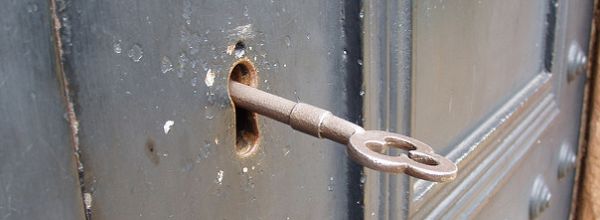
…thickness of the slice) so if you combine a couple slices for each prep, you will have enough DNA to load 5-10 μl (from a 50 μl eluate) on a gel…

…a fraction of your protein. After extracting as much of your protein as possible you must prep them for electrophoresis. This is typically done by mixing them with sample/loading buffer…

…TEV cleavage, you may find that the prep contains TEV protease (28K, if His-tagged ~53K) and IgG heavy chain (~53K). This is not important if you want to stain the…

…(5-20 ng/µl). Furthermore, and from experience, your prep won’t always be pure when measured on a Nanodrop, which makes it difficult to quantify how much plasmid you actually have! Ok…
…for 30 minutes. Spin in a microcentrifuge at 14,000 rpm, 4°C for 30 minutes. Remove and keep supernatant. This is your crude AAV prep. If you’re using a plasmid expressing…

…simple, prep can easily generate hundreds of thousands of units of highly purified polymerase per liter of culture. Put another way, one batch can provide a lab of 10-12 people…

…to make great DIY electrocompetent E. coli prep. In this article, you’ll discover a protocol for making DIY electrocompetent E. coli strains that you can use for electroporation. I’ve also…
…1. Protein or Receptor Structure Prep To start with, one needs to obtain a 3D-structure of the protein (Protein Databank Structures or homology models). Then you add the correct number…
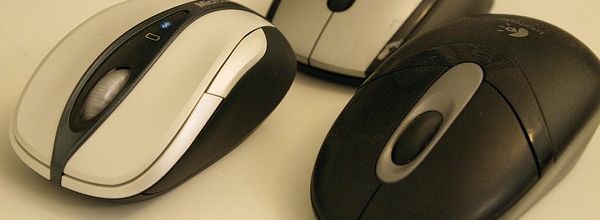
…from the cells. Use a ‘dirty’ DNA prep for most mouse genotyping PCR protocols. They are quick, easy, and inexpensive. An example is the HotSHOT technique of DNA preparation: boil…

…PCR product you are using in the transformation. Plate several concentrations of your transformed suspension (e.g. 10 µl of bacterial prep, 20 µl, 50 µl, 100 µl) and only pick…

…prep time, using coffee filters… Yes, using coffee filters and funnels purchased from any grocery store, the precipitated genomic DNA, protein and cell debris is filtered out prior to applying…
…annotated reference genome. rRNA One key measurement is the amount of ribosomal RNA (rRNA). This is important since the removal of rRNA by various RNA sample prep protocols is quite…
…comparing size selection methods for miRNA and small non-coding RNA discovery. The scientists, from McGill University and the European Molecular Biology Laboratory, compared the Pippin Prep from Sage Science to…
…PGM and Proton machines, library construction is like other sequencing processes, including DNA fragmentation, end polishing with enzymes, and ligation of adapters. After that, things get a little different. Amplifying…

…with SELEX New aptamers are obtained from “systematic evolution of ligands by exponential enrichment” (SELEX). In brief, SELEX is an extensive oligonucleotide library consisting of randomly generated sequences flanked by…
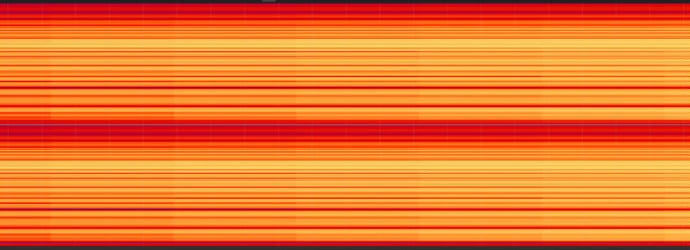
…reads to a reference sequence, or known genome, will show similarities and differences. Strand specificity: Some library preparation approaches allow for the retention of strand-specific information so that aligned cDNA-derived…

…software tools. It was created in 2006 by the Molecular Biology Information Service for the Health Sciences Library System at the University of Pittsburgh and can be accessed from their…
…A while back I was doing a project where I had to make a mutation library of a plasmid. There are a number of ways to do this but I…

…misused this way. It was introduced to help librarians manage the journal collection of the library and not for assessing the worth of an article or an author per se….

…predicted locations with a restriction endonuclease. Then, the digested chromatin is diluted and re-ligated. After reversal of cross-linking and protein digestion, the result is a library of hybrid DNA where…
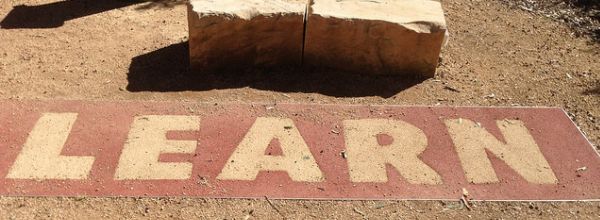
…Your Way Through a Book For our precious bookworms, there’s plenty of good introductory books to borrow from the library, but one that I’d recommend would be Stem Cell and…
…so even if you had a mix of long and short fragments in your library, you’d wind up with much shorter average read lengths than the instrument is capable of…

…loss-of-function mutations using an assortment of RNA sequences (an RNA library).8 Nature special: CRISPR Cancer Therapy The development of cancer therapy using gene editing has become one of the lastest…

…PCR reaction using a high-fidelity polymerase (without strand displacement activity), using one cycle for a single insert, and more cycles depending on number of fragments and library complexity (between 2…

…sciences, many departments are moving toward more practical dissertations. Instead of expecting you to labor over a tome that is only going to gather dust in the library, they may…
…two main traditional methods of targeted sequencing: hybridization capture probes and amplification by PCR. Hybridization involves first building a sequencing library, then adding carefully designed oligo baits that hybridize to…
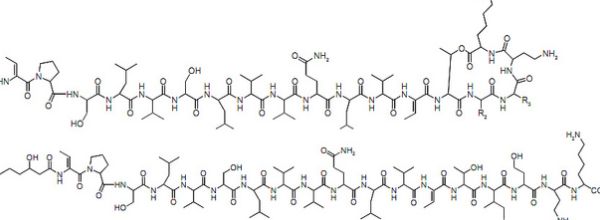
…ratio. By having a library available with known metabolites identifying everyone’s retention time and m/z ratio, you can use the library to identify unknowns in your sample. Furthermore, the area…
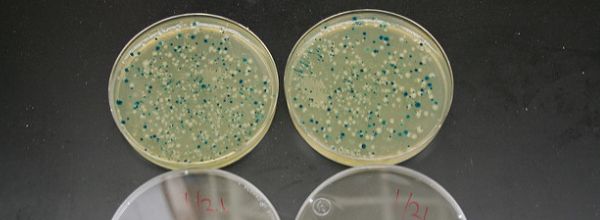
…confer the strain the ability to resist T1 and T5 phage infection. This can dramatically reduce genetic contaminants during a library construction.2 Important E. coli Machinery Methylation The restriction system…

…also teach bioinformatics. If you’re at a university, your library is likely to have people whose job it is to connect you to the bioinformatics programs available at the school…

…library’s archives, let’s face it: most of our research and literature searches are now done online (the fact that you’re reading this post also proves my point!). For the biomedical…

…Tool Company/Source Comments Peptide Synthesis and Proteotypic Peptide Analyzing Tool Thermo Fisher Scientific •Analyzes physio-chemical properties and estimates ease of synthesis Peptide Library design tools GenScript® •Epitope mapping •Alanine scanning…
…paper online stop you. Some old journals and books are not digitized or are not accessible on the internet. However, you can go to the real library to request a…

…PCR Generation of double-stranded cDNA Library amplification Library quantification Sequencing. You can measure differential gene expression by comparing read count data from different experimental groups. For example, a drug-treated sample…

…A Verify plasmid B integrity Transform E. coli with test constructs Once experiments are running, they move to “Testing:” Measure expression from the promoter library in E. coli Compare the expression…
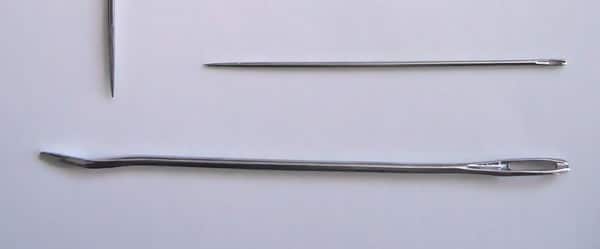
…researchers to screen massive libraries of peptides,- sometimes with as much as 1011 total unique peptides! You can then use this library for such things as identifying novel binding partners…
…template molecule, the major innovation of the Illumina method is the amplification of template molecules on a solid surface. The DNA sample is prepared into a “sequencing library” by the…
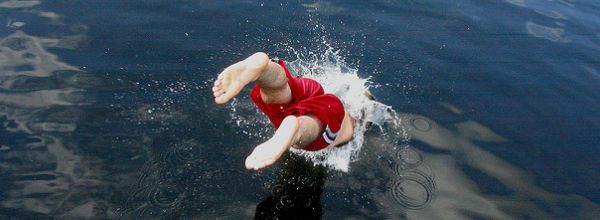
…to reveal the transcripts you care about? cDNA synthesis – What priming method will you use to make cDNA from your RNA? Library prep – Will you use stranded or…
…were sequenced. It took around 50 hours to complete the sample and library preparation, sequencing and analysis. These samples were sequenced on a rapid track Illumina Hiseq 2500, 2×100 read length…
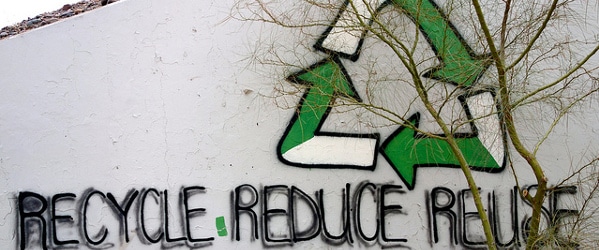
You know those ridiculously priced and throw-away DNA mini, midi and maxi-prep columns? Well the good news is that you can actually re-use them if you are reasonably careful at…

…URL: www.covaris.com/ffpe-extraction. (Accessed April 4, 2025) McCarthy P, Beker L, Vasantgadkar S, Pundt E, Daviso E, Thomann U, Bhattacharyya D. (2024 June 2-6). Comprehensive Sample Prep Workflow for Deparaffinization, Extraction,…

The eBook with top tips from our Researcher community.